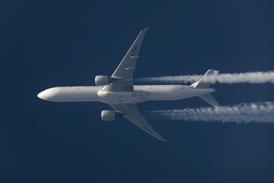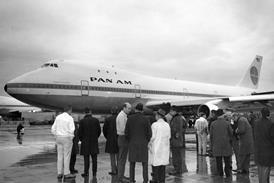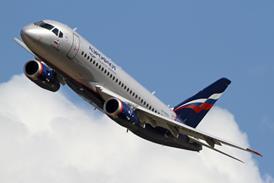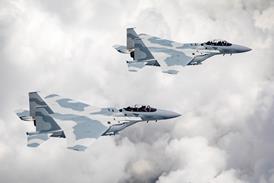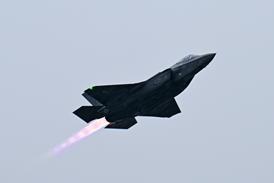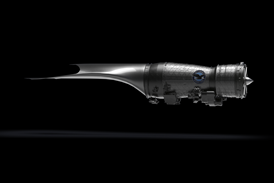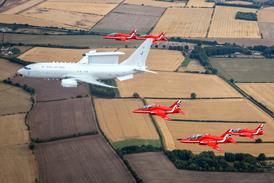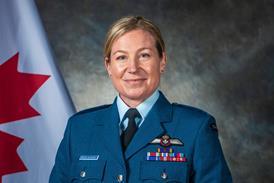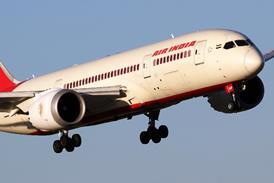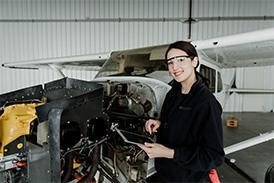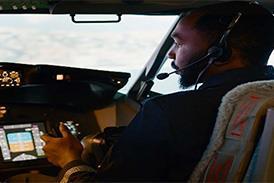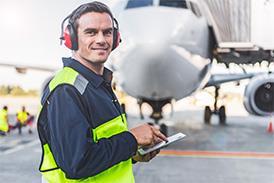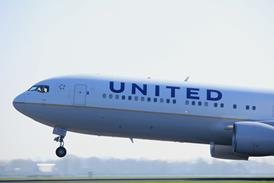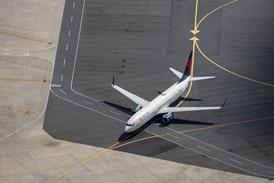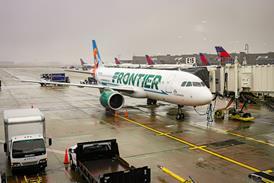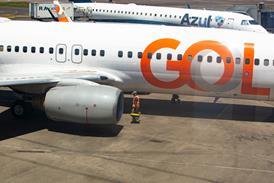Russian federal air transport regulator Rosaviatsia is aiming to avoid a potential capacity crisis for the country’s carriers, by taking steps to preserve the airworthiness of the active fleet while new types are still undergoing development.
Rosaviatsia chief Dmitry Yadrov informed a 7 October meeting of the Federation Council economic policy committee that a “pessimistic scenario” could result in 339 aircraft being withdrawn from Russian operators’ fleets by 2030.
This equates to some 30% of the total fleet.
Rosaviatsia says it is striving to “prevent” this possible mass withdrawal with a programme of measures in co-operation with the ministry of transport.
These are intended to “preserve the active fleet as much as possible”, it says, while maintaining the necessary flight safety standards.
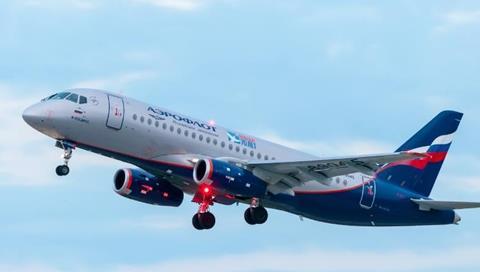
Rosaviatsia says it is extending the service life of Soviet-era Antonov An-24s and An-26s, as well as Yakovlev Yak-40s, which operate regional connections.
“We have already developed, and continue to develop, special inspection programs for [these] aircraft, working with research institutes and industry, including for the ageing of critical aircraft components,” it adds.
While United Aircraft is conducting certification tests of the SJ-100, with Aviadvigatel PD-8 engines, the Superjet 100 from which it is derived is still powered by the PowerJet SaM146.
Rosaviatsia says United Engine efforts to establish additional certification measures for the SaM146 have “prevented the grounding of several [Superjet 100s]” this year.
Legislative amendments to the country’s Air Code will allow the issue of Parts Manufacturer Approval components, to alleviate pressure on spares sourcing, while certified aircraft maintenance centres are continuing to expand their capabilities to serve foreign models, the regulator adds.
Yadrov told the Federation Council committee that, despite external pressure from sanctions, Russian air safety statistics were improving, pointing out that the number of civil aviation accidents had fallen by nearly 39% compared with the same period last year.
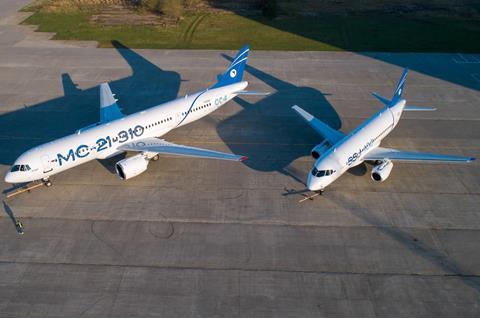
New transport minister Andrei Nikitin, also present at the meeting, said that a flight-safety programme for Russia has been developed – which includes the various measures – and will be submitted to the government by the end of November.
“One of the key issues…is that we need Russian aircraft,” Nikitin added. “It’s important for us that this programme is fully implemented. We will be able to fully ensure safety when we have a certain degree of technological sovereignty in this area.”
During a recent separate meeting, hosted by the State Duma committee on industry and trade, United Aircraft chief Vadim Badekha stated that the Russian civil aircraft industry was undergoing a “major development phase”.
He says the aim of United Aircraft, and the state technology firm Rostec, is to “prevent a repeat of the 1990s – when a huge network of civil suppliers was destroyed”.
“Our goal is to produce competitive aircraft,” says Badekha. “Our work is organised in three areas: pricing optimisation, operational support, and performance comparable to similar aircraft.
“We strive to ensure that airlines can operate our aircraft efficiently and profitably.”

